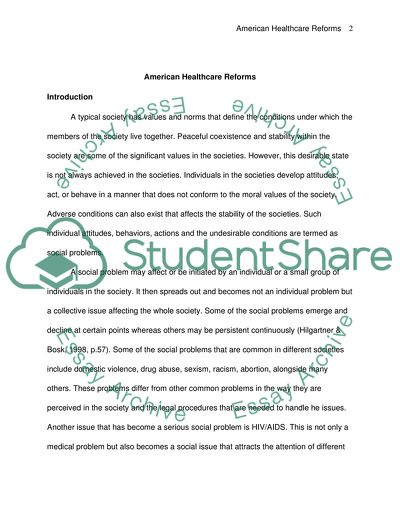Cite this document
(“American Healthcare Reform Term Paper Example | Topics and Well Written Essays - 2250 words - 1”, n.d.)
American Healthcare Reform Term Paper Example | Topics and Well Written Essays - 2250 words - 1. Retrieved from https://studentshare.org/sociology/1578442-american-healthcare-reform
American Healthcare Reform Term Paper Example | Topics and Well Written Essays - 2250 words - 1. Retrieved from https://studentshare.org/sociology/1578442-american-healthcare-reform
(American Healthcare Reform Term Paper Example | Topics and Well Written Essays - 2250 Words - 1)
American Healthcare Reform Term Paper Example | Topics and Well Written Essays - 2250 Words - 1. https://studentshare.org/sociology/1578442-american-healthcare-reform.
American Healthcare Reform Term Paper Example | Topics and Well Written Essays - 2250 Words - 1. https://studentshare.org/sociology/1578442-american-healthcare-reform.
“American Healthcare Reform Term Paper Example | Topics and Well Written Essays - 2250 Words - 1”, n.d. https://studentshare.org/sociology/1578442-american-healthcare-reform.


